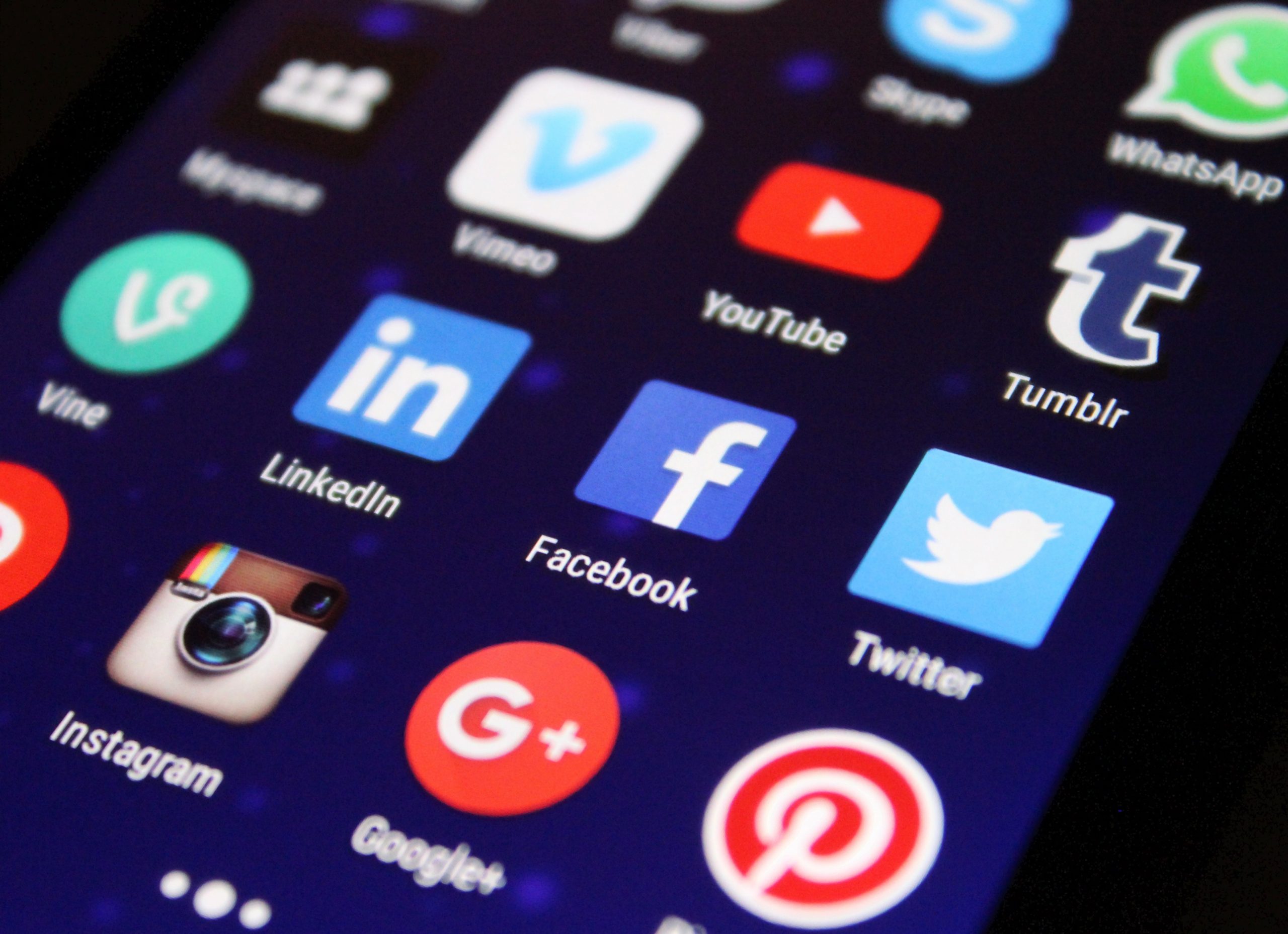Jan 2019
PR Lessons: Real readers vs fake readers, what this means for PR
Written by Paul Maher

PR naysayers don’t read this if you love wasting marketing budgets – Tech PR’s Fake News
There is a nasty lie, spread by those who like to claim ‘PR is ‘unmeasurable’. They assert earned media coverage is a waste of precious B2B tech marketing budgets. This lie benefits digital snake oil sales folks who for a decade or so now have promised not just faster, but somehow more ‘real’ results than those PR can generate. After a decade or so of this horseshit, it is time to set the record straight.

Before considering the actual evidence, consider how top tech gurus like Elon Musk, Bill Gates, Larry Ellison, Eric Schmidt and the late Steve Jobs valued PR during their ascent. With the exception of one drug smoker, these were all ‘pre digital native’ CEOs. What would these multi-billionaires know about millennial agilista tech buyers who consume ‘news’ curated by their peers on Slack. A lot it seems.
Super Bowls and spunk
One of the most popular alternative ways to ‘invest’ tech marketing budgets is online advertising. Seldom though can so much revenue have been spunked for so little reward, outside of a Super Bowl ad break, that is. Think it’s not possible? Take a look at this guy.
It turns out buying online ads are a straight up waste of budget. Yes, even the annoying ones which follow you around your browser, retargeting you with goods and service you’ve already bought, or never really wanted and certainly didn’t want the world to know you considered.
But why would smart B2B Tech marketers fall for such a scam? Online advertising these days is not the old-fashioned banner advertising of yesteryear, where advertisers paid good money to see their messages displayed on the most popular online publications. That’s way too obvious. No, no, no, this is the modern type of advertising, the type you can’t see, because, well that’s the way digital works and you’re not that clever and the GDPR and, and, and….
But wait. Here’s the dirty secret about most digital adverts.
Too clever for the likes of you
An estimated 40% of the online advertising which marketing professionals pay good money for is fake. This ad ‘inventory’ It does not actually exist. Not in cyberspace, not in the real world, not now and not ever. That’s like taking a million pound budget into a £600,000 budget before a single real breathing person ever hears or sees a word about your brand. It’s like taking Thursday and Friday off, every week and producing zero results. Not quite an Emperor with no clothes. More like a fat dude in a thong.
The New York Times and the US Justice Department investigations have proved ‘real’ online ad responses have, questionable parenthood and one look at the clickbait farms that create these responses, shows mom and dad are not loving parents. In this light the ‘poor attribution rates’ from PR look a lot prettier and more, er, human. Maybe even credible?
Actual. Sales. Leads
Take the press release we crafted with start-up firm, Capriza. Like all ambitious firms, its hungry sales team were hungry for new business. In common with many such early-stage teams they lacked credibility. Positive’s PR skills brought a clutch of articles outlining the potential which a 200 year old bank, Schroders saw in this as-yet unproven technology.
The result? Inbound sales calls from three major financial services prospects desperate to know more. What’s that? ‘PR is unmeasurable’? The argument is sounding untenable now, and I haven’t even mentioned what you can do with Google Analytics nowadays.
Or the BBC article which Positive’s PR efforts secured for client Veritas, resulted in over a 100 downloads of the Databerg report we created. That’s real prospects, taking real actions in relation to real marketing. PR may not appear as glamorous as defining customer journeys for bots, but it does create results. Real. Tangible. Results.
Requires willpower
Carefully briefing a team of PR professionals on your technology’s difference takes effort as does does sifting the feedback from contacted media. But doing so can help understand why journalists, bloggers and influencers ran, or rejected, your brand stories.
It means you may learn something more useful than the fiction of a digital analytics dashboard of fake clicks. Oh, and while you build your reputation one hard-earned article at a time, at least you are not figuratively torching four out of ten of your marketing dollars with fake online advertising.






